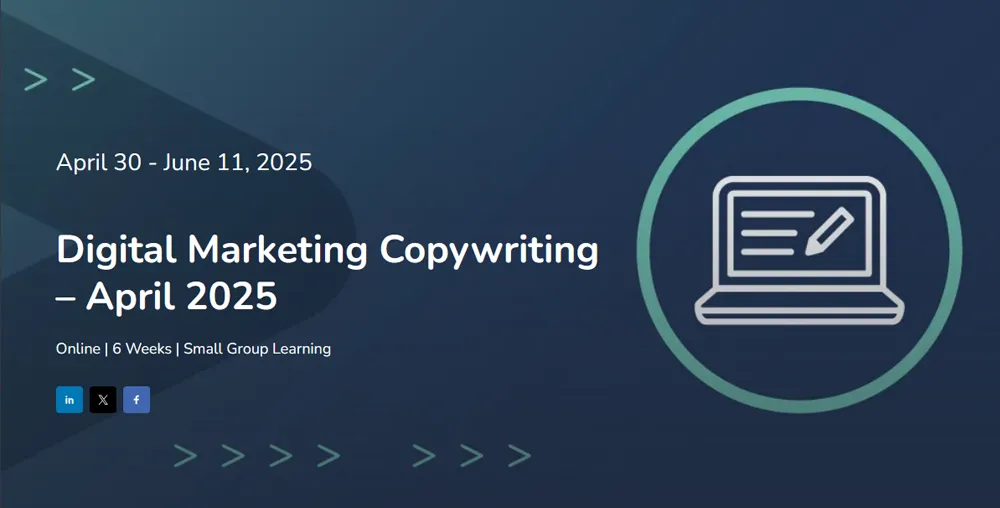If you’ve heard the term “product-led growth” and wondered what it means, you’re not alone. It’s one of those phrases that sounds like Silicon Valley speak, but is a desirable way companies can grow rapidly, especially in tech.
This week on Misadventures in Marketing, AMA SF’s new podcast, hosts Peter and Steve break down what product-led growth (or PLG) is, how self-service plays into it, and why every marketer should understand it — even outside of startups.
What Is Product-Led Growth?
Product-led growth means your product — not your sales team — is the engine of your go-to-market strategy.
Instead of driving people toward a demo or a sales call, the goal is to get users into the product as quickly as possible. They try it. They see the value. And if it works, they keep going — maybe even upgrade or tell a friend.
Think Slack. Canva. Zoom. You didn’t need a salesperson to walk you through those. You just started using them.
“It’s about delivering value through the product as quickly as possible,” Peter explains. “The sooner someone thinks, ‘This helps me,’ the more likely they are to keep using it — and eventually pay.”
Why It Matters to Marketers
In a PLG world, marketing looks a little different.
You’re not just trying to generate leads for sales anymore. You’re trying to get users to try the product, stay in the product, and succeed with the product. That changes how we write, what we track, and how we think about success.
“You’re not just marketing to get attention anymore,” Steve says. “You’re marketing to get people to do something in the product.”
Here’s how that shows up:
- Your website needs to convert to creating an account
- Your email campaigns feel more like onboarding than promotions
- You start tracking activation and time-to-value, not just clicks
Self-Service Is the Secret Sauce
PLG only works if people can get started without friction. That’s where self-service comes in. And while that depends on a well-built product, marketing often participates in the process.
Users need to be able to sign up, get going, and find value on their own. No hand-holding. That puts extra pressure on marketing and product teams to make everything simple, clear, and inviting.
“When it works, it’s super efficient,” Peter says. “You can grow fast without hiring a huge sales team. But if it’s confusing or unclear, people bounce — and you never get them back.”
Your pricing page, your product tour, your help docs — they’re all part of the marketing experience now.
So… Is Product-Led Growth for Everyone?
Not quite. It works best when:
- Users can self-onboard and use themselves
- Users get to value or “aha” quickly
- Billing is built into the product
- Virality, e.g., sharing, is designed in where possible
But even if your company isn’t fully product-led, the mindset still matters. People expect to try things before they buy. They want answers now, not after a qualification call.
PLG is changing what customers expect, and that’s something every marketer should be ready for.
 Listen to the Episode
Listen to the Episode
In Episode 6 of Misadventures in Marketing, Peter and Steve talk through the rise of product-led growth and self-service, how it’s reshaping marketing and GTM, and what it means for teams like yours.

Available on Spotify and Apple Podcasts.
Misadventures in Marketing is a weekly podcast by the AMA San Francisco chapter. Veteran Silicon Valley marketing execs Peter Farago and Steve Haney explore the messy, rewarding, and occasionally absurd world of high-tech marketing — especially in early-stage startups. Each episode covers real-world challenges, trends, and lessons from the front lines.






Comments are closed.